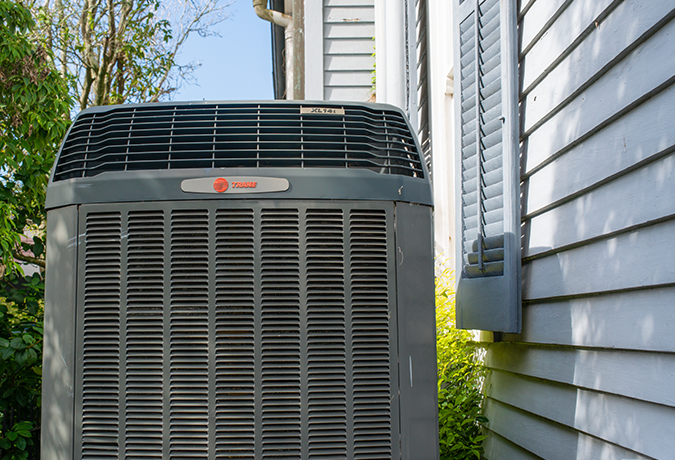Ductless HVAC systems, or mini-split systems, are becoming increasingly popular among homeowners and business owners. Unlike traditional central heating and cooling systems, which rely on ductwork to distribute air throughout the building, ductless systems use individual units to heat or cool specific areas. While there are many advantages to ductless systems, there are also a few potential drawbacks to consider before making the switch.
One of the biggest benefits of ductless HVAC systems is their flexibility. With a ductless system, you can heat or cool specific rooms or zones in your home or business without wasting energy on areas that don’t need it. This can help you save money on energy bills and reduce your carbon footprint. Additionally, ductless systems are easy to install and require minimal disruption to your space.
Another advantage of ductless HVAC systems is their versatility. They can be used to heat or cool a variety of spaces, from small apartments to large commercial buildings. Ductless systems are also a good option for older buildings or homes that may not have existing ductwork.
However, ductless HVAC systems also have a few potential drawbacks. For example, they may be more expensive upfront than traditional central heating and cooling systems. Additionally, while ductless systems are designed to be more energy efficient, they may not be the best choice for large spaces or buildings.
The decision to switch to a ductless HVAC system will depend on your specific needs and budget. By considering the pros and cons of ductless systems, you can decide whether this type of HVAC system is right for you.



